先說聲感謝
感謝壹電視專訪(影片連結:點此觀看)。
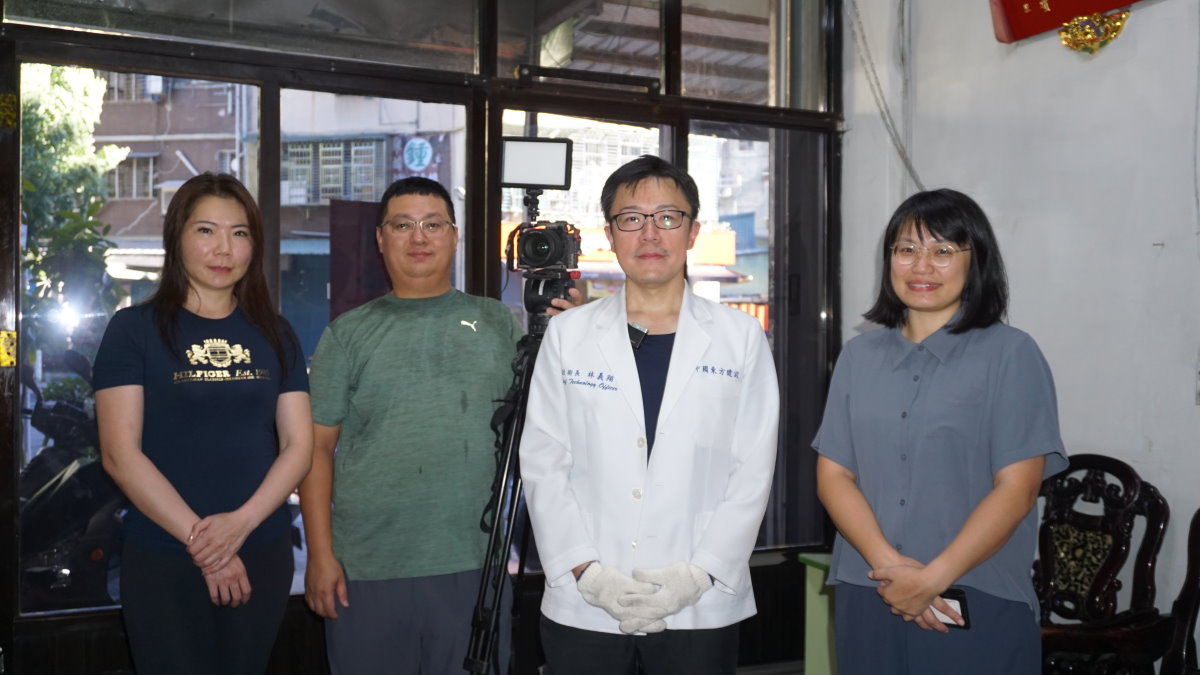
首先,誠摯感謝壹電視的邀請與專訪,讓我們有機會把多年在抓漏、防水與漏水鑑定領域的實務經驗,透過鏡頭與更多住戶直接對話。每一次媒體曝光,都是一個能夠推廣專業、說明工藝與提醒民眾重視居家防漏的重要時刻;
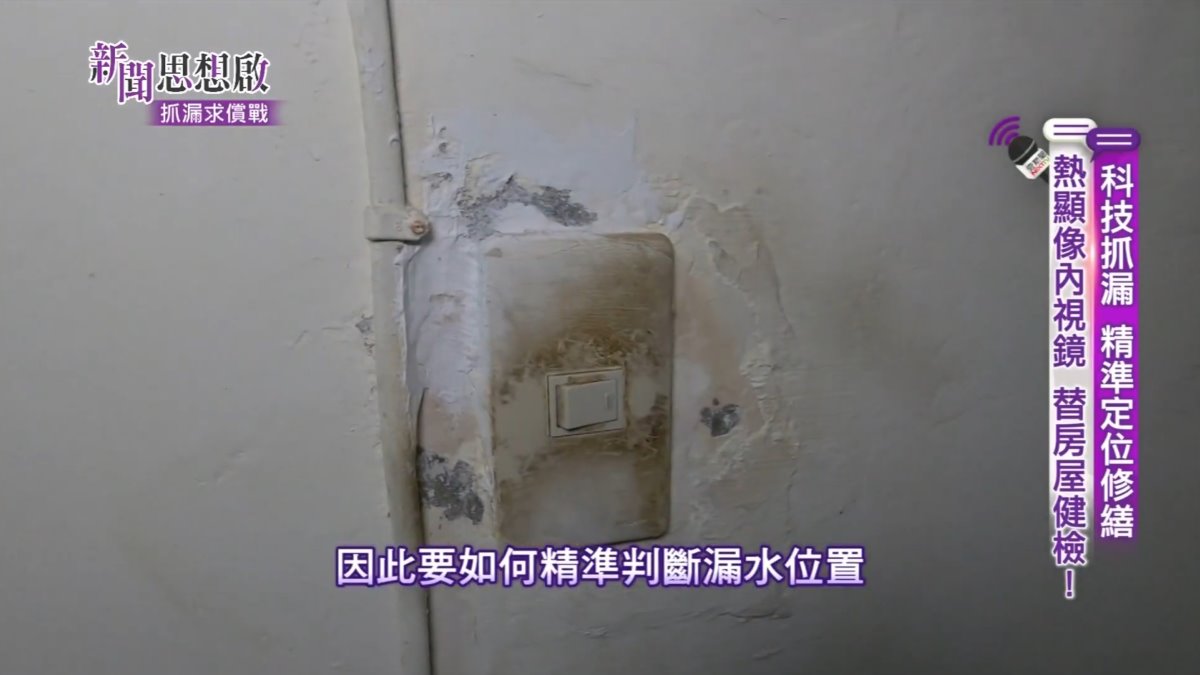
我們很高興能在節目中向觀眾展示真正的抓漏流程、漏水檢測儀器以及我們處理漏水時遵循的專業準則。

「專業的價值」不是一句口號,而是我們每天工作的核心。防水與抓漏不同於簡單的修補,而是透過科學化的檢測、系統化的分析與謹慎的施工,將問題追溯到源頭,避免「一修再修」的惡性循環。
.jpg)
正如業界長期強調的,一個領域的專家不是一夕形成,而是透過大量實務經驗、持續教育訓練與標準化流程的累積,才能在現場做出精準判斷並對症下藥。面對漏水,我們要像醫生看病一樣,先診斷再治療,避免盲目拆除或只做表面工事。
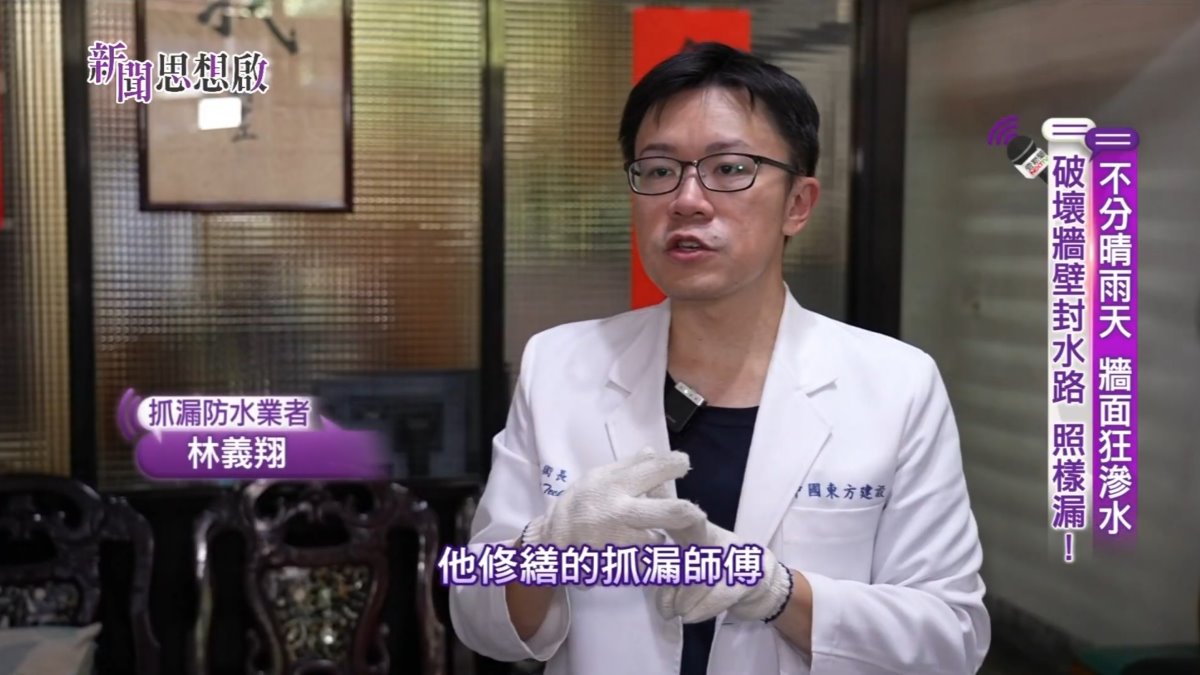
在實務作業上,我們常向客戶強調三個核心原則:一是「精準檢測」,二是「最小破壞」,三是「長期防護」。
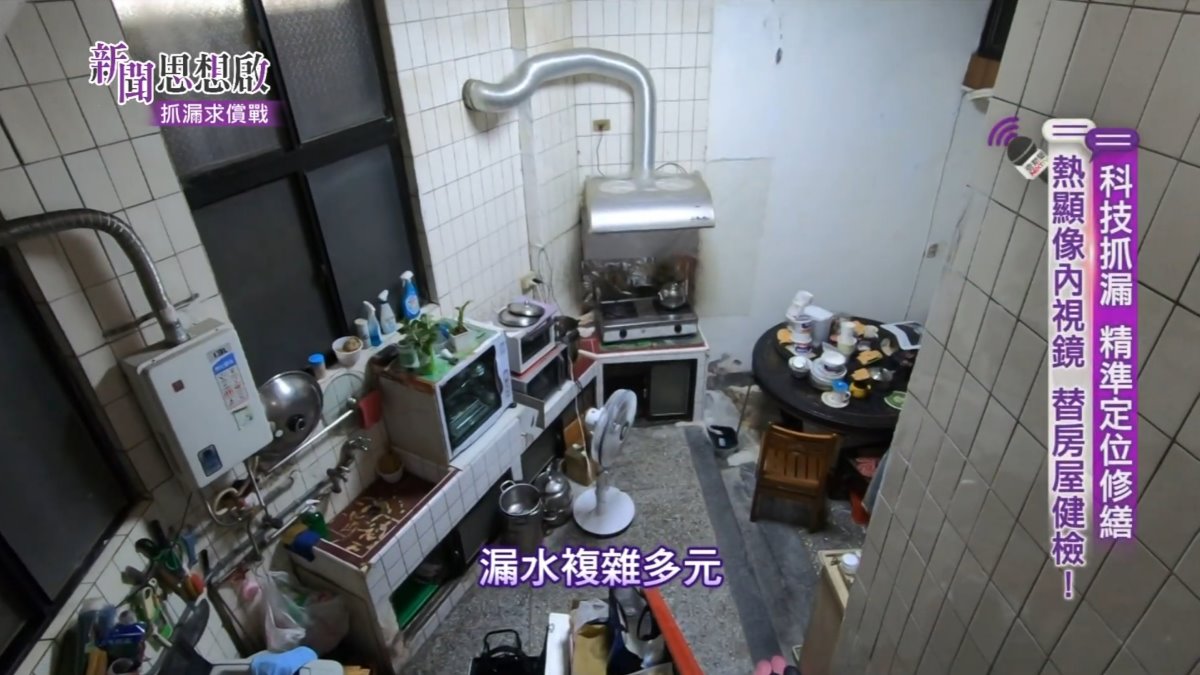
精準檢測意味著在現場先進行詳細詢問與目視評估,接著依需要使用紅外熱像儀、濕度計與管道內視鏡或是聲波探測等非破壞性儀器,將可能的濕區或破損點定位清楚;最小破壞代表在確定位置前,盡量避免大面積拆除或破壞結構,減少住家生活不便與後續修復成本;長期防護則是指修復後採用合適的防水材料與施工工法,並確保問題不再復發。

在接受媒體專訪時,我們也分享了幾個常見案例與處理心法。
第一類是「浴室滲水」,多半起因於地磚或排水管接頭老化、填縫劑剝落或防水層老化;處理時我們會先以濕度測量與管道攝影確認排水管狀況,再決定局部修補或整區重做防水。
第二類是「屋頂與陽台滲水」,這類問題常因防水層破損或排水坡度不足所致,處理上除了補強防水材料,也會改善排水設計,避免積水長期浸潤。
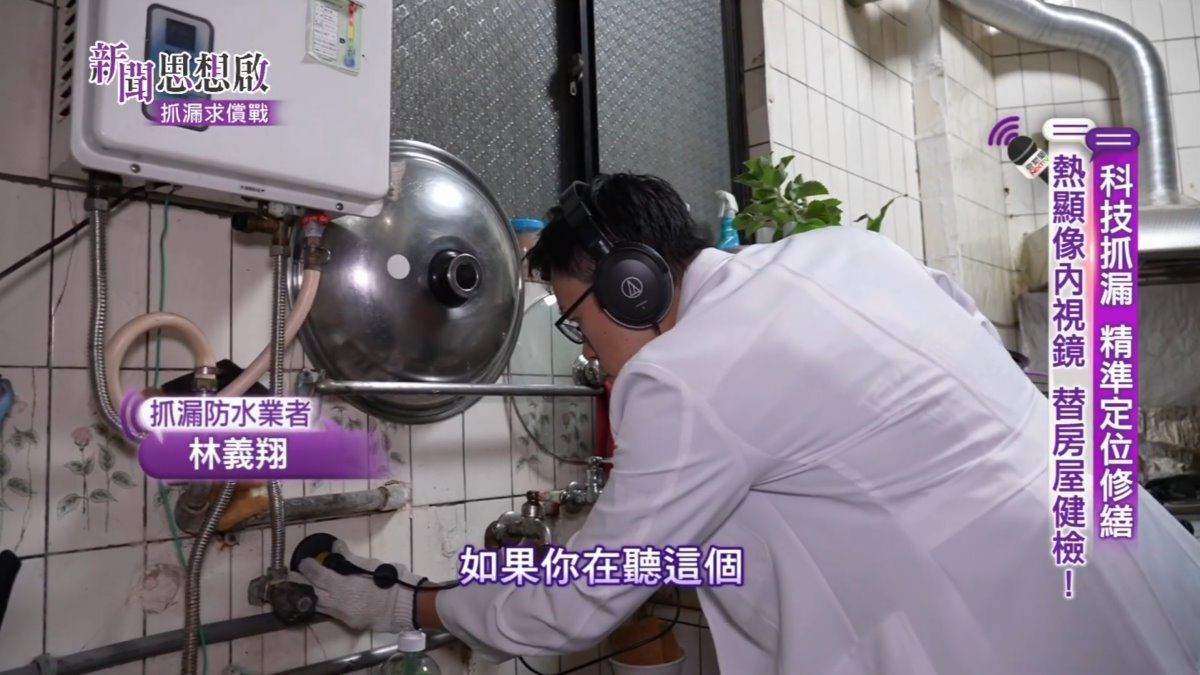
第三類是「隱藏管路滲漏」,例如牆內或地坪下的給水管破裂,這類案件常需聲學定位或管內攝影機檢測,定位後若可局部修補則不必大拆,否則須視情況更換管線以確保長期可靠性。
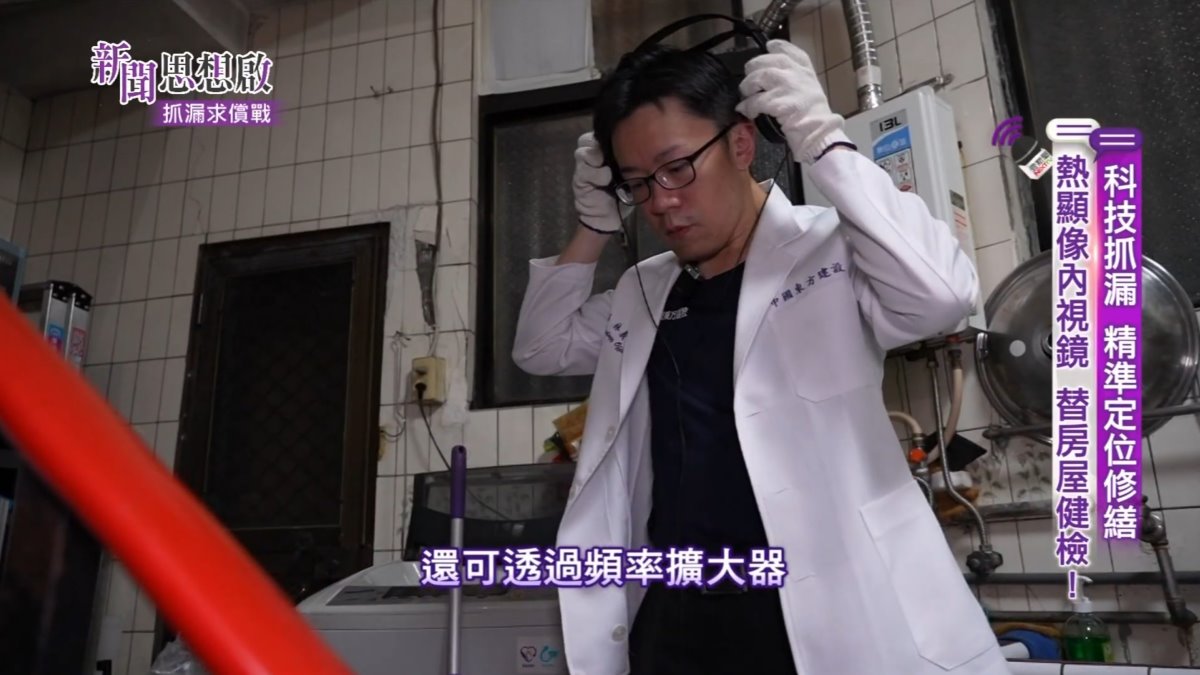
關於抓漏費用與報價模式,我常建議客戶以三階段預算概念理解:初勘與診斷費用、儀器檢測費用以及實際施工費用。
初勘是必要的,因為沒有現場評估就報價往往會低估風險;儀器檢測雖增加前期成本,卻能有效避免錯誤拆除與重複施工;施工費用則視修繕面積、材料與是否需重做防水而定。
媒體專訪是一個教育大眾的好機會,我們在節目中特別說明了如何判斷漏水的初步徵兆:
牆面或天花板的潮濕、油漆脫落或起泡、牆角有白色結晶、異常霉味或家中除濕機長期高頻運轉等,都是可能的警訊。

若發現上述情況,建議住戶盡早保存現場照片、紀錄初次發現時間與是否遇到降雨或大量用水時發生,這些資訊對後續判斷漏水來源非常有幫助。
除了技術面外,我也在採訪中呼籲消費大眾重新評估「免費檢測」與「低價承攬」的風險。
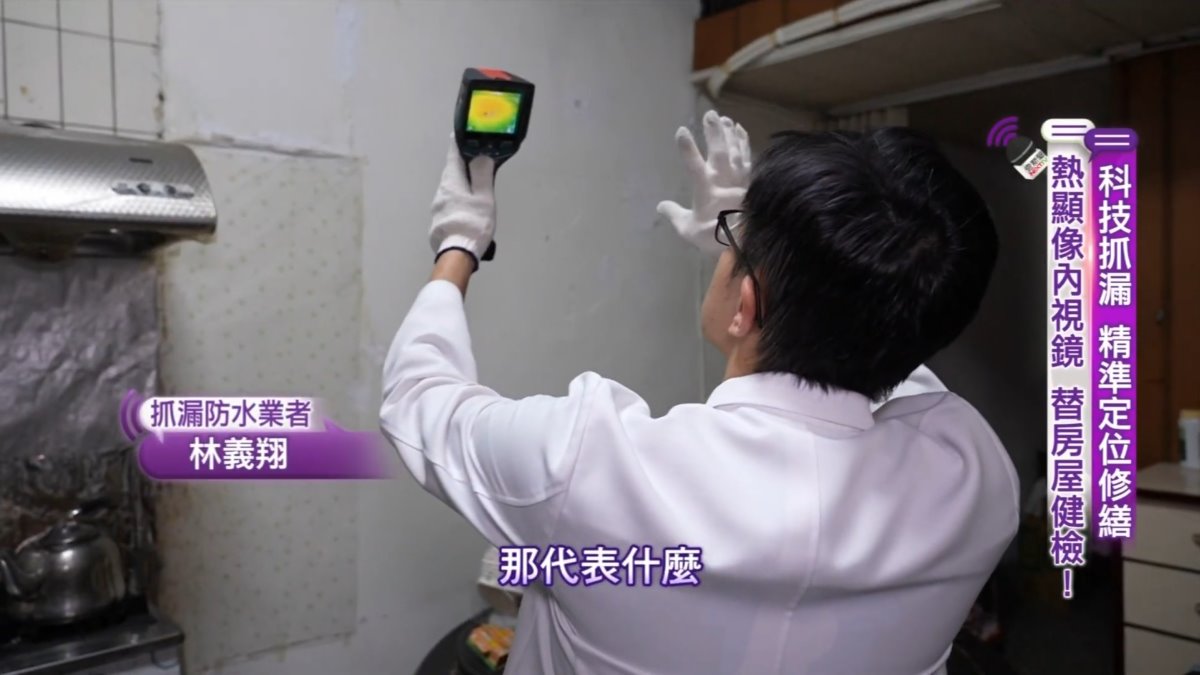
很多時候,過度壓低價格會導致人力與材料成本無法到位,工程品質受損,最終反而造成更高的維修成本與安全風險。
作為業者,我們堅持明碼標價,並且鼓勵客戶查看施工實績與口碑,而不是只看價格。
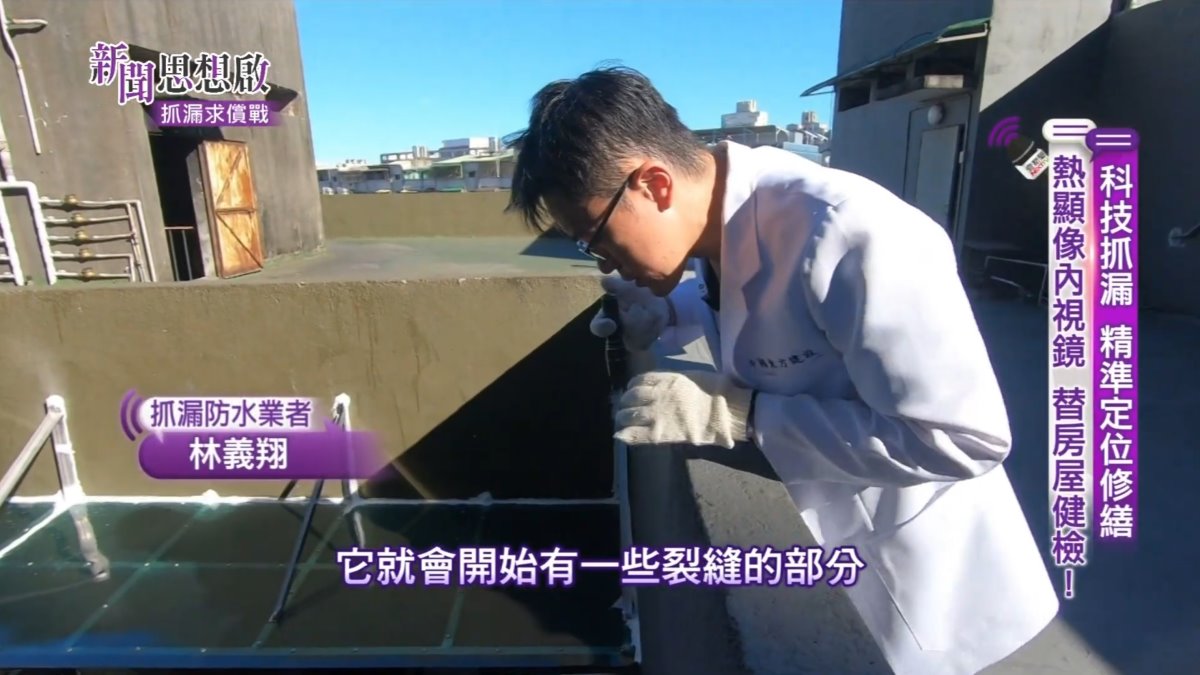
只有當業主願意付出合理的專業抓漏費用,整個產業才能健康發展,才能真正減少因施工品質低落而反覆出現的漏水問題。
這些理念也正是讓我們在本業扎根的重要原因。
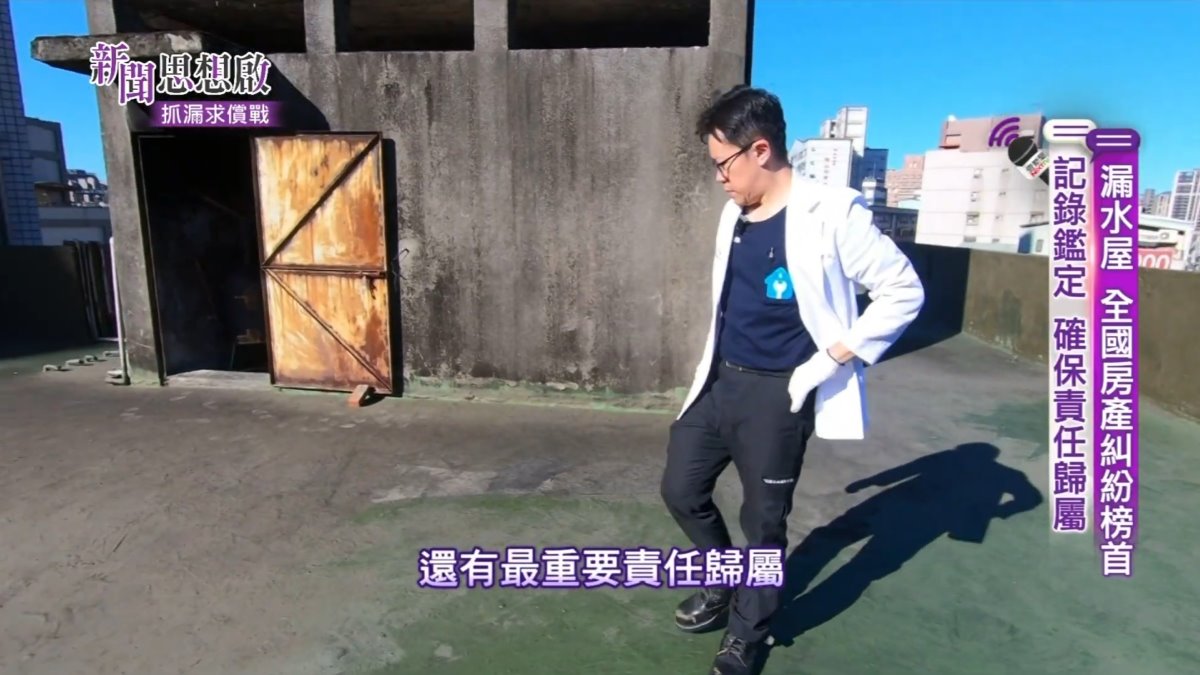
最後,我們要再次感謝壹電視團隊給予的平台與觀眾的信任,也感謝每一位委託我們處理漏水案件的屋主。
若您正面臨房屋漏水問題,歡迎透過我們的官方管道聯絡,我們將以專業診斷與誠信服務,協助你找回一個安全、乾燥的居住環境。
再次感謝壹電視團隊、攝影與製作同仁的專業協助。

First, we sincerely thank Next TV (壹電視) for the invitation and interview, which gave us the opportunity to share years of practical experience in leak detection, waterproofing, and water-leak forensics directly with more homeowners through the camera. Every media exposure is an important chance to promote professional standards, explain our workmanship, and remind the public to pay attention to home waterproofing. We were glad to demonstrate the real leak-detection workflow, the leak-detection instruments we use, and the professional principles we follow when handling leaks.
“The value of professionalism” is not just a slogan — it is the core of our daily work. Waterproofing and leak repair are not mere patchwork; they require scientific testing, systematic analysis, and careful workmanship to trace problems back to their source and prevent the vicious cycle of “repair after repair.” As the industry has long emphasized, an expert is not made overnight: only through extensive hands-on experience, ongoing training, and standardized procedures can one make accurate judgments on site and apply the right remedy. When facing leaks we must act like physicians: diagnose first, then treat — avoiding blind demolition or merely superficial fixes.
In practice, we repeatedly emphasize three core principles to our clients: 1) precise detection, 2) minimal destruction, and 3) long-term protection. Precise detection means conducting thorough on-site interviews and visual assessments first, then, as needed, using non-destructive instruments such as infrared thermal imagers, moisture meters, pipe cameras, or acoustic detectors to accurately locate wet areas or damage points. Minimal destruction means avoiding large-scale demolition or structural damage before the source is confirmed, thereby reducing disruption to household life and subsequent repair costs. Long-term protection means using appropriate waterproofing materials and construction methods after repair to ensure the problem does not recur.
During the media interview we also shared several common case types and our handling approaches.
The first type is “bathroom seepage,” which is often caused by aging floor tiles or drain fittings, degraded grout, or deteriorated waterproof layers. For these cases we first confirm the drain condition using moisture measurements and pipe cameras, then decide whether to perform spot repairs or to rewaterproof the entire area.
The second type is “roof and balcony leakage,” usually due to damaged waterproof membranes or insufficient drainage slope. Treatment includes reinforcing waterproofing materials and improving drainage design so that standing water does not persist and cause long-term intrusion.
The third type is “hidden pipe leakage,” such as ruptured supply pipes inside walls or under floors. These cases often require acoustic localization or in-pipe camera inspection. If a leak can be repaired locally after accurate localization, major demolition can be avoided; otherwise, pipe replacement may be necessary to ensure long-term reliability.
Regarding costs and quotation models for leak detection, we usually advise clients to view the budget in three stages: preliminary inspection and diagnosis, instrument testing (if required), and actual repair work.
The preliminary inspection is essential — quoting without an on-site evaluation often underestimates the risks. Instrument testing adds up-front cost but effectively prevents wrong demolitions and repeated work. Repair costs depend on the repair area, materials, and whether full waterproofing is required.
Media interviews are a valuable opportunity to educate the public. On the program we specifically explained how to recognize early signs of leakage: damp walls or ceilings, peeling or blistering paint, white crystalline deposits in corners, persistent moldy odors, or a dehumidifier running continuously at high frequency. If you notice any of these signs, we recommend that homeowners promptly preserve on-site photos, record the date you first noticed the issue, and note whether it occurs during rainfall or heavy water usage — this information is extremely helpful for later diagnosis of the leak source.
Beyond the technical side, I also urged the public to reassess the risks of “free inspections” and ultra-low bids.
Too often, excessively low prices mean insufficient labor or inferior materials, which compromises workmanship and ultimately leads to higher repair costs and safety risks. As a provider, we insist on transparent pricing and encourage clients to review past projects and reputation rather than choosing solely by price.
Only when homeowners are willing to pay reasonable professional fees can the entire industry develop healthily and truly reduce recurring leaks caused by poor workmanship. These beliefs are the foundation of our commitment to this business.
Finally, we would like to thank the Next TV team again for the platform and the audience for their trust, and we thank every homeowner who has entrusted us with their leak problems.
If you are facing a home leak, please contact us through our official channels. We will assist you in restoring a safe, dry living environment with professional diagnostics and honest service.
Once again, our heartfelt thanks to the Next TV team and to the production and camera staff for their professional support.



